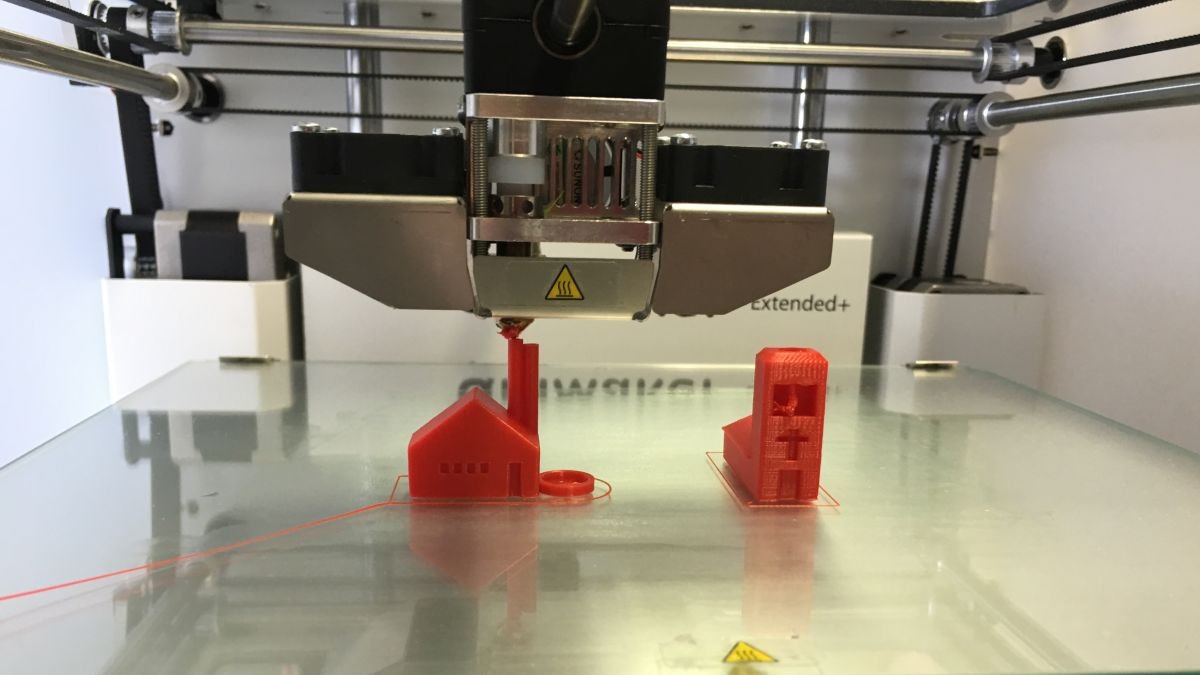
3D printing was first used as a quick and inexpensive way to create prototypes before manufacturing. However, in recent years, 3D printers have become much cheaper and more widely available to the average consumer. These days, users all over the world are taking advantage of 3D printers to create all sorts of different objects that can be purchased online or printed on your own if you have the necessary equipment and materials. While 3D printing has great potential when it comes to creating things at home without having to visit a store, the technology could also pose a "serious and growing threat" to individual privacy. due to the potential that 3D printed objects could reveal private information about people. TechRadar Pro spoke to Dr James Griffin from the University of Exeter and Dr Annika Jones from Durham University to find out more about their research into the potential privacy threats posed by 3D printing. .
How has 3D printing evolved in recent years and how close is the technology to mainstream adoption?
3D printing has evolved exponentially and is now reaching a stage where we can see people starting to use it in everyday activities. Consumer technology could still be criticized for being a bit basic, but prices for high-performance printers are falling all the time. Don't be surprised if in the next ten years you'll have a fast 3D printer capable of printing intricate metal and plastic objects in your garage (and this time it's not just hyperbole!)
![]()
(Image credit: Shutterstock)
Why is 3D printing a threat to individual privacy and could be more invasive to user privacy than the Internet of Things (IoT)?
3D printing is not itself a privacy threat (although we have heard rumors that printers are passing information about printing to manufacturers). The problem we raise concerns the use of watermarks to reveal information about user activities. For example, a watermark embedded in a 3D printed object could be tracked and traced through photos online, for example through a Google image search. If it were, for example, a piece of jewelry, it could be a way to track an individual's movements; Similarly, some 3DP implants can be traced through the use of X-ray equipment. The files themselves can also be searched online. The possibilities are ultimately endless. IoT can use similar technologies; in fact, there is some overlap. However, what is interesting about 3D watermarks is that they could be on a physical analog object and could be different for each print. In fact, it could enable a blockchain or Google search for physical objects, imagine! As the IoT becomes more and more prevalent, these devices could recognize 3DP watermarks, effectively bridging the 3DP analog world and the digital world. If, unsurprisingly, 3DP becomes more widespread in the future, then we may see that the use of 3DP watermarks in conjunction with IoT could become quite common and a staple of our daily lives.
![]()
(Image credit: Ali Jennings)
How to trace the origin of 3D printed objects? Would it be easy to do without technical knowledge?
Right now it's not that easy, but I'm sure it will change quickly. There is a market incentive to implement watermarks in 3D printing, for example, to find out how consumers use 3DP objects, in exactly the same way that online content providers use watermarks to see how their content is used. . . In short, watermarks could help governments in surveillance; they can help companies discover what consumers want; they could allow one individual to spy on another. We maintain that we should be careful about some of the uses to which watermarks could be put. However, there are some extremely beneficial uses. One of the things that comes out of our research is that watermarks can be used on medical devices. They can be used to ensure the quality of source materials and can be used to ensure the continued stability of a print (eg 3D printed organs, etc.).
Can you tell us a bit more about the 30 in-depth interviews you conducted with representatives from Chinese 3D printing companies?
We have funding from the British Arts and Humanities Research Council, the Newton Fund, and the Ningbo Science and Technology Bureau to conduct these interviews in China. This was achieved through the Ningbo campus of the University of Nottingham. We interviewed companies mainly in Shanghai and Beijing. In conjunction with this research, I spoke to similar companies in the UK and the parallels between the concerns and issues raised were striking.
Are schematic watermarking technologies currently used for 3D printed objects uploaded to platforms like Thingiverse?
Not that I know of, but watermarks can be platform independent. You can put a watermark on any file without the knowledge of the platform. However, platforms could take advantage of a watermark (eg for licensing purposes) if they wish.
What kind of regulations do you think should be put in place to protect user privacy when it comes to 3D printing?
Our main concern is to raise the issue. It would be great if regulations could be put in place without government intervention, but it might be necessary if these privacy concerns become significant, which we think they could do very quickly. Given the global nature of the Internet, it would be useful to have guidance at the international level, for example on a voluntary code that would be associated with a kite mark. The problem with our current law is that there is (probably!) protection available for digital watermarking for copyrighted works, but that protection doesn't take privacy concerns into account. In fact, it could make things worse by protecting privacy-invading technologies. Also, the scope of the current law will probably only cover works protected by copyright, and not the more beneficial uses of watermarks, for example, in bioprinted technologies.
